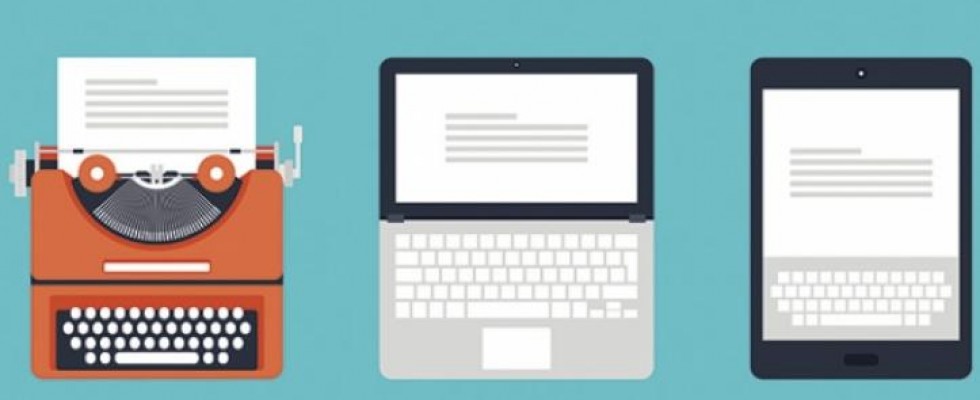
Similar to the challenges that HME providers face with documentation, home health and hospice providers are also struggling to meet documentation regulations amidst changing requirements and increasing workloads. As a paper-based process, managing documentation can be cumbersome, time-consuming and prone to inaccuracies and safety risks that can hinder an organization's ability to meet compliance while still providing the best patient care possible. The health care industry has recognized these challenges and is evolving to address these concerns, pouring resources into electronic health records (EHRs) and harnessing other information management technology to streamline. During this time, home health care agencies and hospice organizations have seen point-of-care documentation advance from paper to digital formats in an attempt to create more efficient and accurate documentation processes. Most recently, however, the mobile technology boom has placed tablets in the hands of home health clinicians and is revolutionizing how information is managed at the point-of-care.
A Step Toward Mobile Documentation
When EHRs were first introduced, home care providers expected the technology to resolve documentation inefficiencies and information sharing challenges. When compared to manual documentation, using laptops at the point-of-care is actually more efficient. Not only do the laptops eliminate the need to carry patient binders, saving clinicians and agencies time and money while providing access to patient information on-the-go, but they also decrease the time it takes to chart a patient visit. Laptops provide a mobile solution for clinicians to document at the point-of-care and meet the documentation guidelines laid out by CMS. However, while laptops have proven beneficial during the shift to value-based care and increased focus on the patient experience, they also present a physical barrier that can hinder efficient documentation. Additionally, a laptop's limited battery life makes it difficult to keep older equipment charged, further hindering the clinician's ability to access and record information while in the patient's home. Due to these physical and logistical hurdles, home health workers who use laptops are sometimes forced to rely on memory to document, often leading to inaccurate billing and medical notes that result in financial loss and poor patient care.
A Disconnected Approach to Coordinated Care
Pressure to meet compliance regulations paired with industry drivers to improve patient satisfaction and coordinated care has led providers to adopt a more user-friendly documentation tool: tablets. EHR vendors saw an opportunity to package all the benefits of a laptop into a more user-friendly format on a notepad-size device. The first iterations were browser-based applications that touted convenience and accessibility using either wireless or cellular connections to access and record patient information in real time. However, when cellular service is limited, as in many rural areas, clinicians may not have access to patient records and essential health history. Instead, recent innovations in mobile documentation technology now allow home care and hospice organizations to leverage disconnected, native applications, particularly those created uniquely for iPads, which don't have these accessibility challenges. These applications allow clinicians to access patient records and work offline so they have immediate access to health history and can chart easily while in the patient's home. When an Internet connection is established, iPads are able to quickly sync information in real time to improve compliance through elimination of billing and medical note errors to prove coordination of care to meet CMS requirements. This not only helps to enhance patient care, but also empowers clinicians with a better work-life balance by eliminating after-hours documentation. Financial pressures have also paved the way for the shift to iPad-based solution adoption. With the need to provide better patient care with fewer resources, agencies are looking to cost-efficient, easy-to-use solutions that do not diminish the quality of patient care. This final evolution leverages the native technology environment consisting of an intuitive design that makes navigating the point-of-care application simple and allows quick access to patient information. The iPad also helps with financial pressures by coming at a lower cost that enables agencies to provide the device to aides as well as clinicians. The ability to quickly move through interventions and goals in the patient's care plan while simultaneously viewing the history not only improves efficiency, but also presents a more professional image for aides in the field.
Supporting Interoperability and Wearable Devices
As the industry continues to be dominated by changing regulations, the drive toward value-based care and greater acceptance of technology, documentation tools will also evolve. It is likely that these changes will lead to more advanced technology where clinicians can leverage devices to extend beyond documentation and scheduling to providing even more specialized care in the home. This could include use of tablet-based cameras that aid therapy, or the ability for iPads to achieve interoperability by accessing data from wearable devices in order to complete documentation. Future technology will likely also be integrated with home monitoring devices and other medical equipment, which will help clinicians more effectively monitor patients and deploy interventions when necessary, even between visits. As an example, glucose monitors to upload daily readings and help patients track their own glucose levels. Likewise, existing voice recognition features already allow clinicians to dictate notes, which further enhance efficiency, and can make documentation more enjoyable. In the future, heightened interoperability between EHRs, as well as gadgets like Google Glass and Apple Watch will make accessing patient information and documentation even more convenient while enhancing care coordination efforts within the care team.
